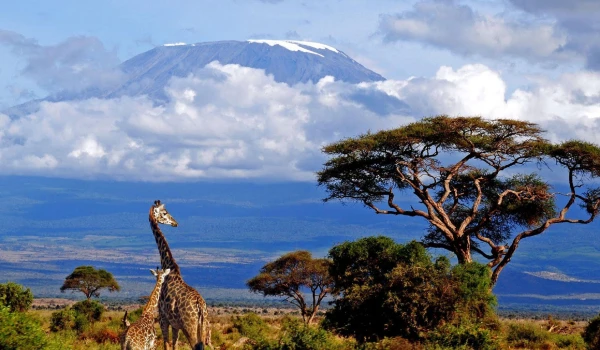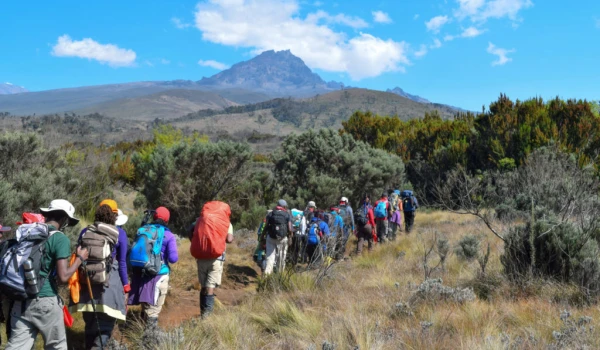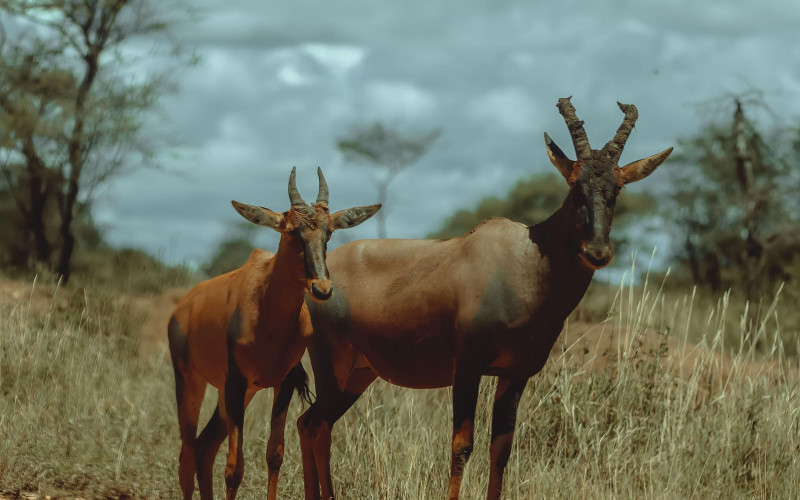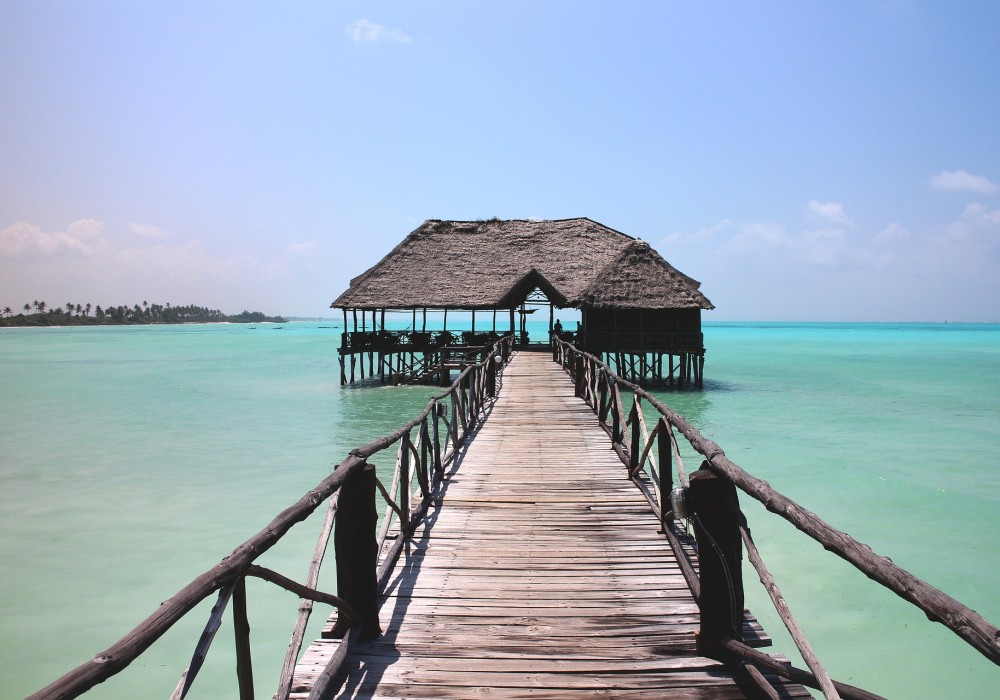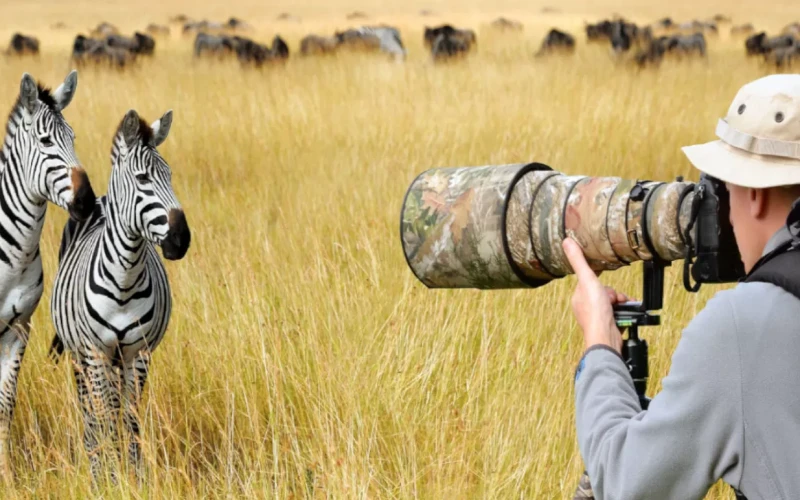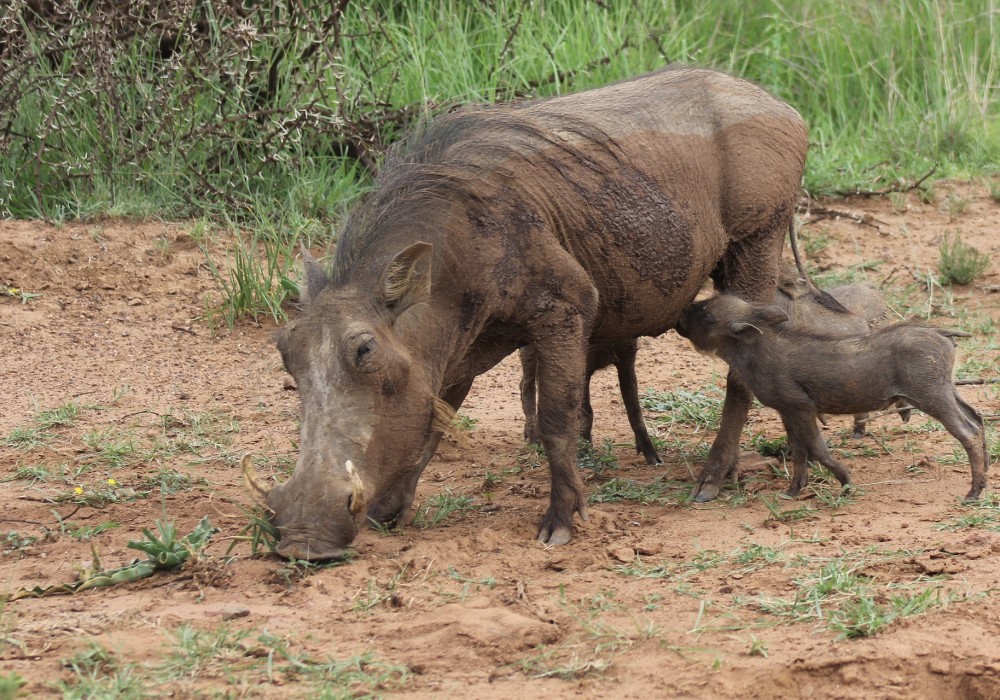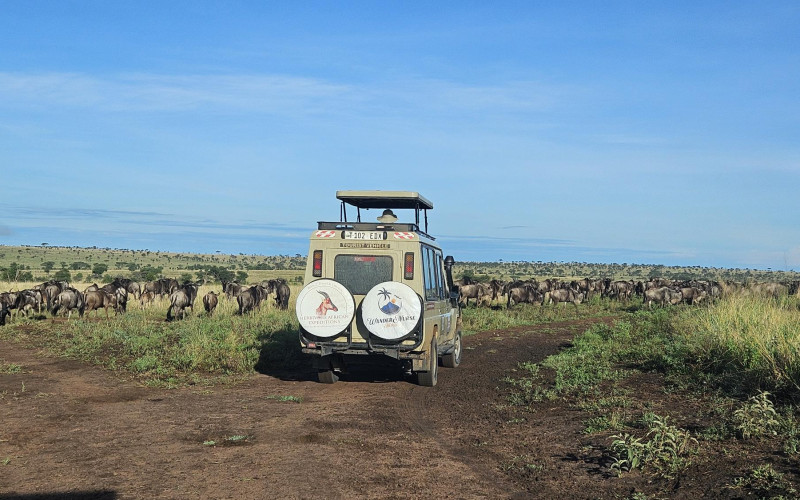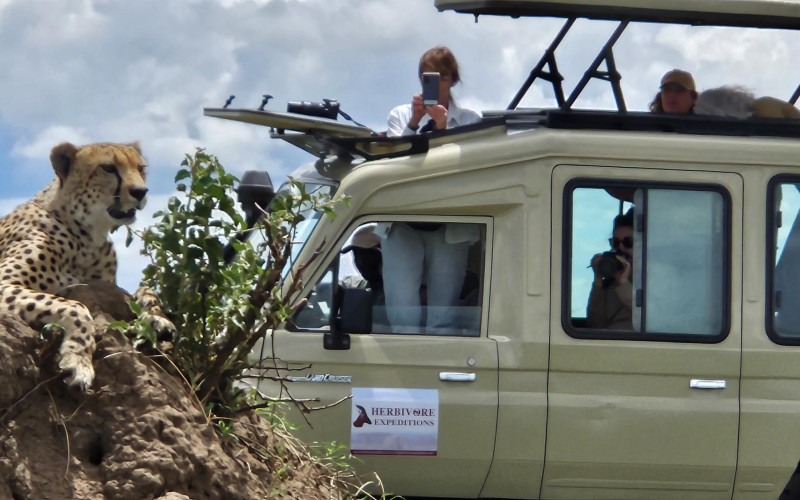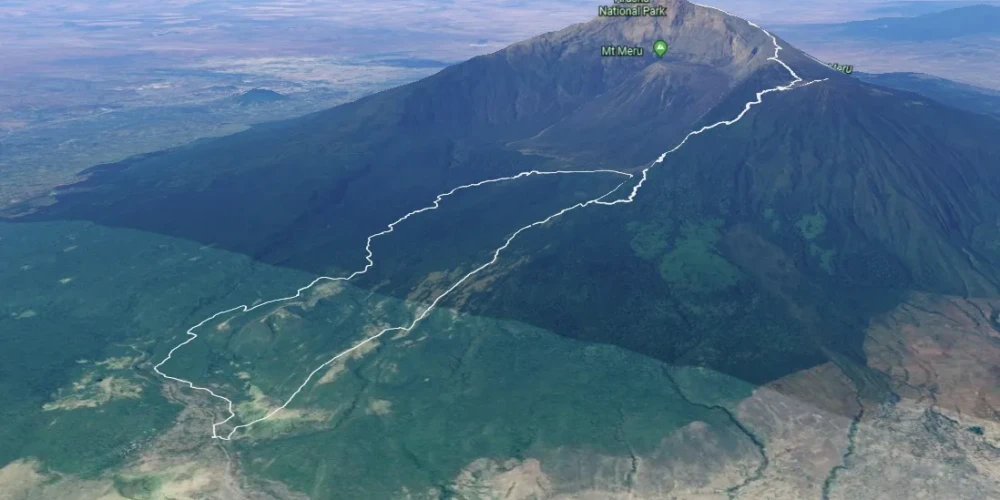
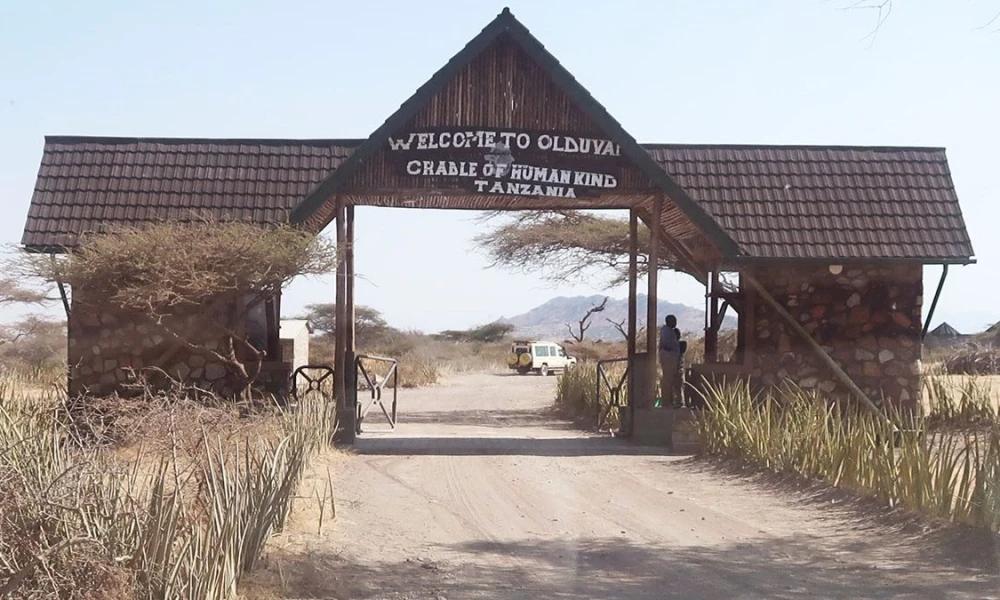
Olduvai Gorge
Olduvai Gorge and Laetoli are two significant archaeological sites in Tanzania, providing invaluable insights into human evolution and prehistoric life. Here’s a brief overview of each:
Olduvai Gorge:
Location: Olduvai Gorge is located in the eastern Serengeti Plains, within the Ngorongoro Conservation Area in Tanzania.
Significance:
Paleoanthropological Discoveries: Olduvai Gorge is renowned for its rich deposits of fossils and tools, offering a glimpse into the early stages of human evolution. Some of the most important discoveries include the fossils of early hominids, such as Australopithecus boisei and Homo habilis, made by paleoanthropologists Louis and Mary Leakey.
Geological Features: The gorge itself is a geological marvel, revealing layers of sediment and volcanic ash that have preserved ancient artifacts and fossils over millions of years.
Museum and Interpretive Center: The Olduvai Gorge Museum, situated near the site, provides detailed information about the discoveries made in the area. It’s a worthwhile visit for those interested in human evolution and archaeology.
Visit Olduvai Gorge:
- Visitors can explore the gorge and its museum to learn about the archaeological findings and the evolutionary history of humans.
- Guided tours are available, offering insights into the geological formations and the significance of the discoveries.
Laetoli:
Location: Laetoli is located about 45 kilometers south of Olduvai Gorge, also within the Ngorongoro Conservation Area.
Significance:
Ancient Footprints: Laetoli is famous for the discovery of hominid footprints dating back approximately 3.6 million years. These footprints are believed to have been left by Australopithecus afarensis, providing evidence of early bipedalism.
Paleontological Discoveries: In addition to footprints, Laetoli has yielded fossilized remains of various animals, contributing to our understanding of the prehistoric ecosystem.
Visit Laetoli:
- Access to the actual site may be restricted to protect the delicate footprints, but there are replicas and informative displays at the site.
- Visitors can learn about the discoveries and their significance through guided tours and exhibits.
Both Olduvai Gorge and Laetoli offer visitors a unique opportunity to connect with our ancient past and understand the evolutionary journey of early humans. These sites are crucial in shaping our understanding of human evolution and the development of early societies
